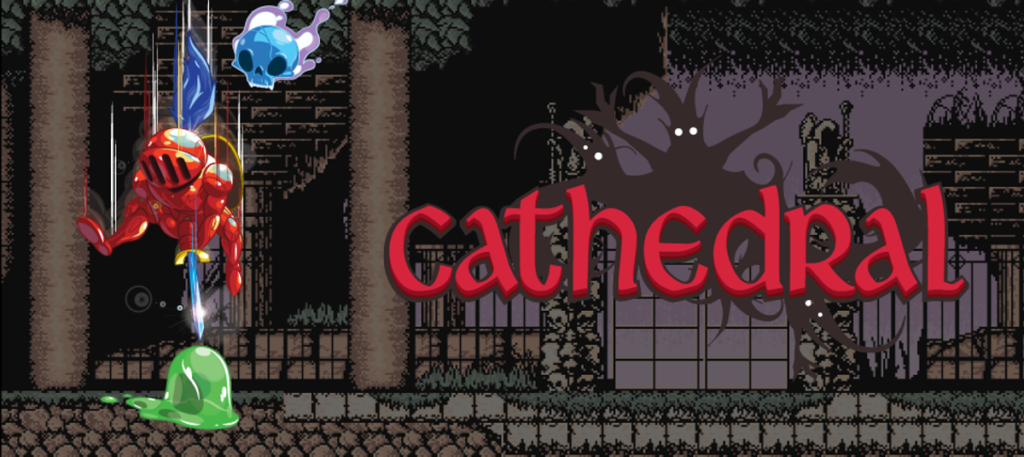
Bear with me, but let me start off with this. I wasn’t very impressed with Cathedral. I gave it a couple hours and it was pretty, but nothing special. It’s a neat 8-bit throwback title with good compatibility for the Xbox One controller on the PC. The combat is simple and intuitive. The gameplay was solid, the enemies varied. The first couple bosses were a little easier than I anticipated. And then the game…started.
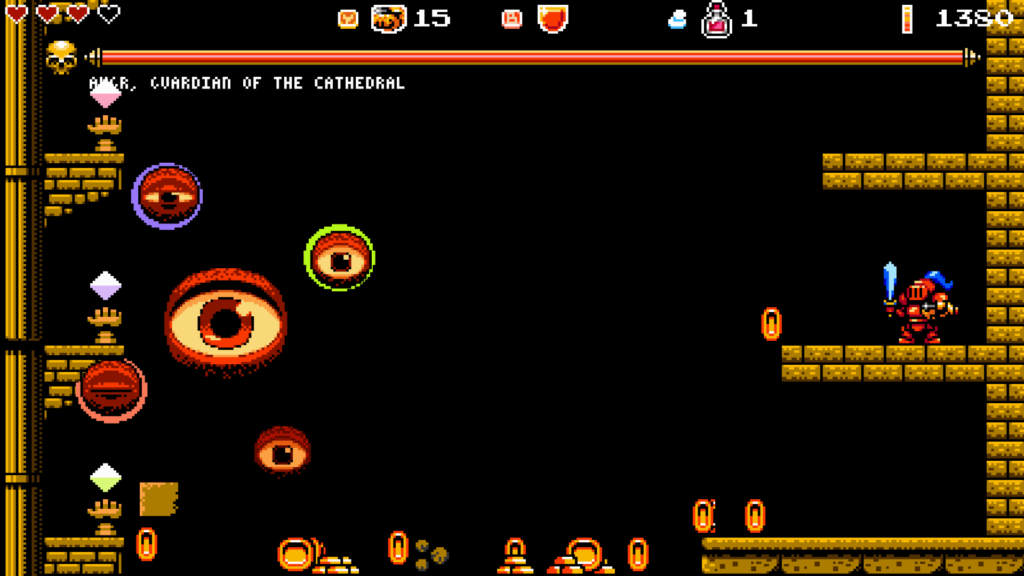
Cathedral is a new Metroid-style exploration game (as you may know, I loathe the term ‘Metroidvania’) from Decemberborn Interactive, a tiny studio out of Sweden with just five members. It’s their first game in fact, and it’s charming as all hell. You play an unidentified knight who’s not much for chitter chatter and really has no idea why he’s where he is. Your goal? Escape the Cathedral. The knight is part Ghosts ‘N Goblins and part Shovel Knight, and the artwork is cartoonish but solid. Fore and background effects are neat and the mechanics are clever and well-designed. In short, it’s a well-executed title that holds your interest.
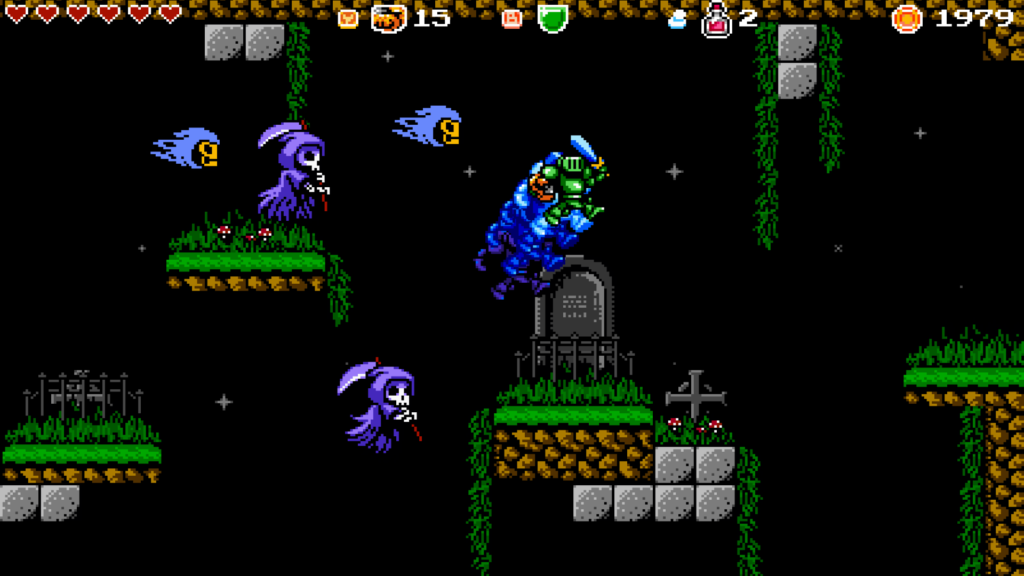
Remember how I said the game started? Let’s get back to that. After the incredibly long intro, I thought I had a handle on how the game played. I’d beat a couple of bosses, I was getting a groove going, and then – bam! Suddenly there’s a town I never knew existed, portals to other areas, multiple dungeons, people to talk to, side quests, the whole shebang! Cathedral unfolds like an origami bird as you play, adding more and more depth and a wide variety of graphic styles. It’s so gratifying once things get moving that it was honestly hard to put the controller down.
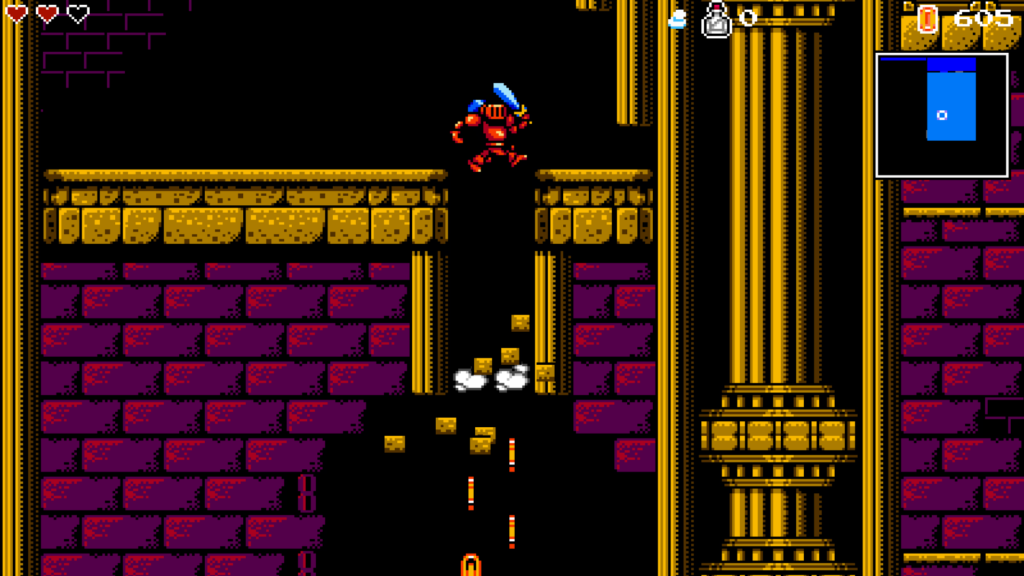
There are hundreds of rooms and areas in Cathedral ranging from frozen mountains to graveyards to the cathedral itself. As you play, you’ll pretty much have to figure out everything on your own, as there’s no tutorial, no direction on where to go, nothing. It’s exactly what I’d expect from a well-made homage to 8-bit gaming. And Cathedral is a damned fun game! I found myself mounting tactical retreats to respawn enemies in order to get hearts so I could survive the next room. I puzzled over areas, wandered around, found out what I’d been missing, and managed to unlock whole new sections of the game. I fought a myriad of bosses with excellent difficulty ramping, and slowly unlocked the abilities I needed to progress. I mean, I knew this was a Metroid-style game with exploration and backtracking, but it’s so well-realized that I was honestly caught off guard.

The team over at Decemberborn has outdone themselves on Cathedral. From the excellent vintage chiptunes to the irreverent wit of some of the side characters, everything has been planned out with care. For a 2D exploration game, it also doesn’t feel stale. I always felt more like I was playing a platformer than I did an exploration game, and I was never tediously slogging through rooms due to the clever design of the levels. I’ve played plenty of other games in the genre and many make exploration a bit tedious, but I never found that to be the case with Cathedral (except when I got stuck a few times, and hey, that’s on me).
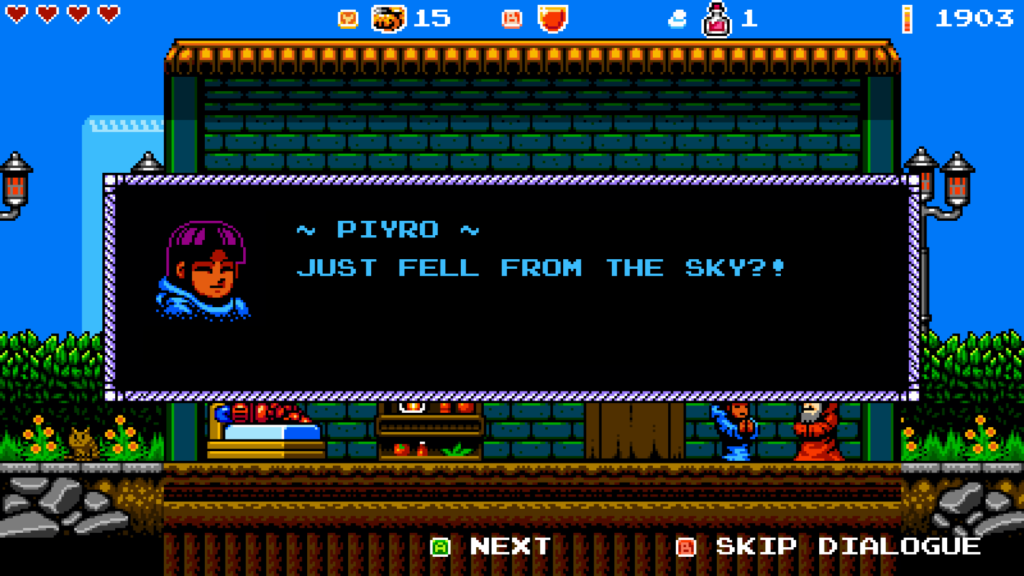
Controls are just as tight as advertised too. I was impressed with how well the knight controls, how well everything is mapped to the Xbox One controller, and the level design, which often just allowed you to reach the platforms you needed to. Sure, you had to get creative a bit sometimes, but there’s always a way. And there are secrets everywhere, in true 8-bit style. From hidden gems to hidden rooms, to…hey, wait, I don’t want to give it all away. That’s the whole point of playing! Suffice it to say that Cathedral rewards those who take the time to figure things out. And you’ll spend a lot of time trying to find out how to get to a box of treasure or a room that you just know is there or make that next weird jump.
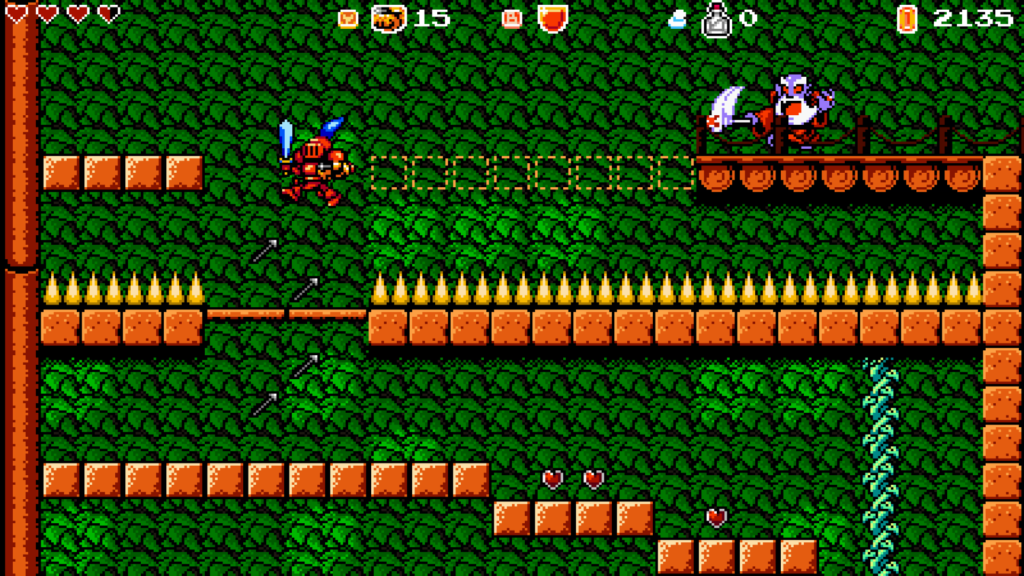
The game is a graphical treat as well. As you play, you’ll see more and more creatures and the bosses have excellent animations as well. Each new area opens up a few new pixel graphic tricks and creates a whole living, breathing pixel world screen by screen. I was especially impressed with some of the attack effects and the variety of clever blasts, explosions, and beams, which tended to have a very cartoon-like design. Ultimately, the more I played, the more endearing the game became visually as well, which is increasingly uncommon these days.
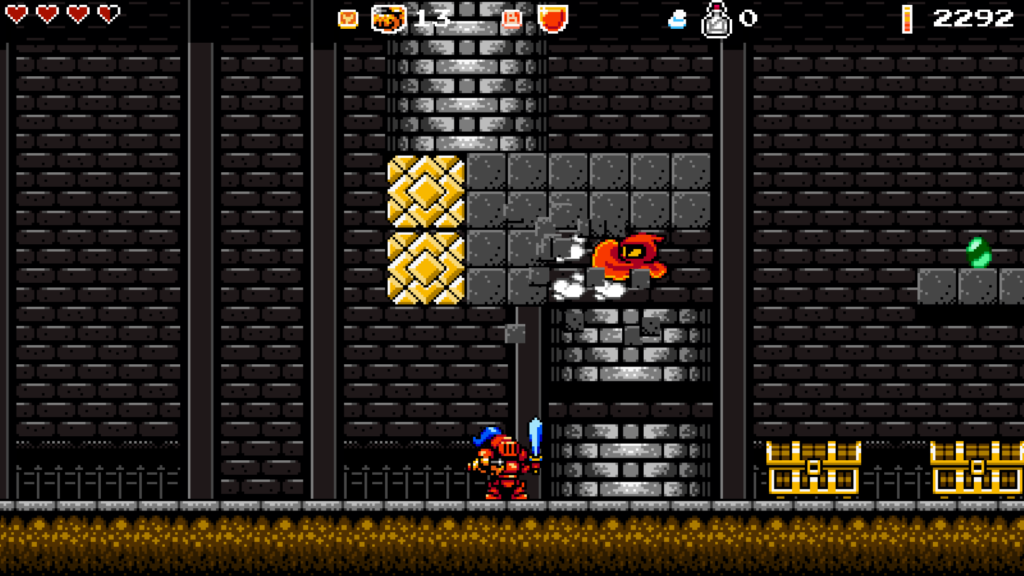
Cathedral was a pure joy to play. That was a pretty big surprise, considering how ambivalent I was at first glance. It definitely pays to stick with things, and Cathedral proves that at every turn. I’m hoping this is the first of many great titles from Decemberborn Interactive. They’ve shown they have the chops to put out some quality content. In fact, the only thing I have against Cathedral is that it isn’t available anywhere but on PC yet. That being said, I wouldn’t be surprised at all if Cathedral is a smash hit and ends up getting ported to consoles and even possibly a physical release. It certainly deserves it.
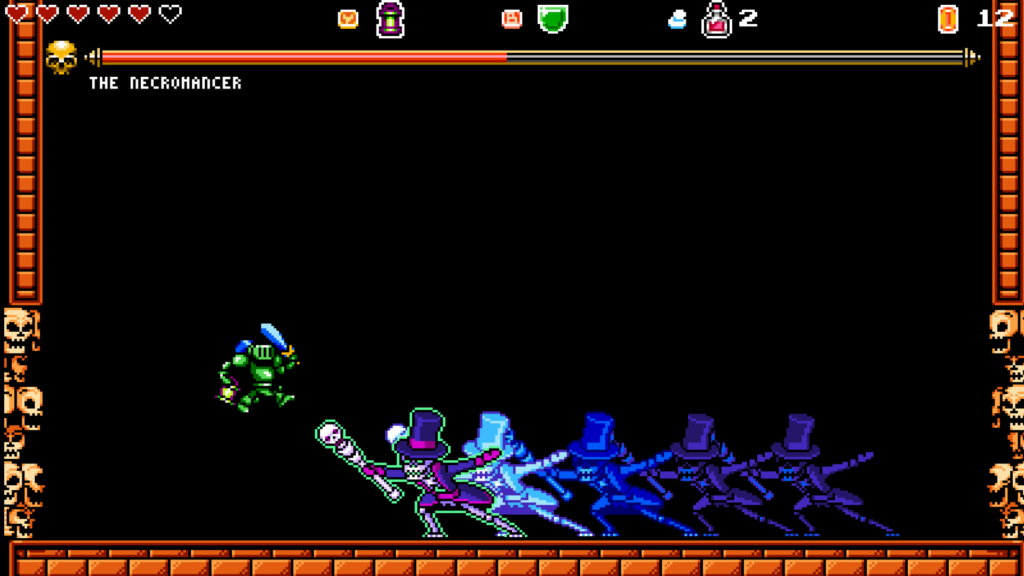
This review was based on a digital copy of Cathedral supplied by the publisher. It was played on an I7-8700K with 16 GB of DDR4-3000 RAM, an Asus GeForce GTX 1080 ROG Strix graphics card, and an Xbox One controller connected via USB. Images in this review are all from the Decemberborn Interactive presskit, due to my having some sort of weird issue capturing screenshots on this game through Steam. My apologies. Don’t worry, the game’s so damned good that you won’t care anyway. Just go have fun! Oh, and Cathedral is available on Steam and GOG! Sweet!

